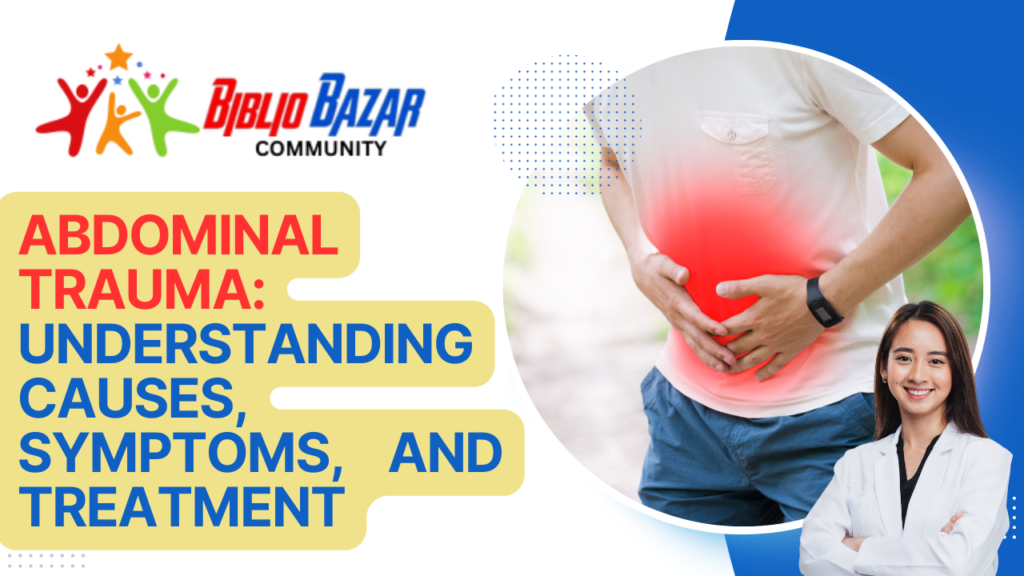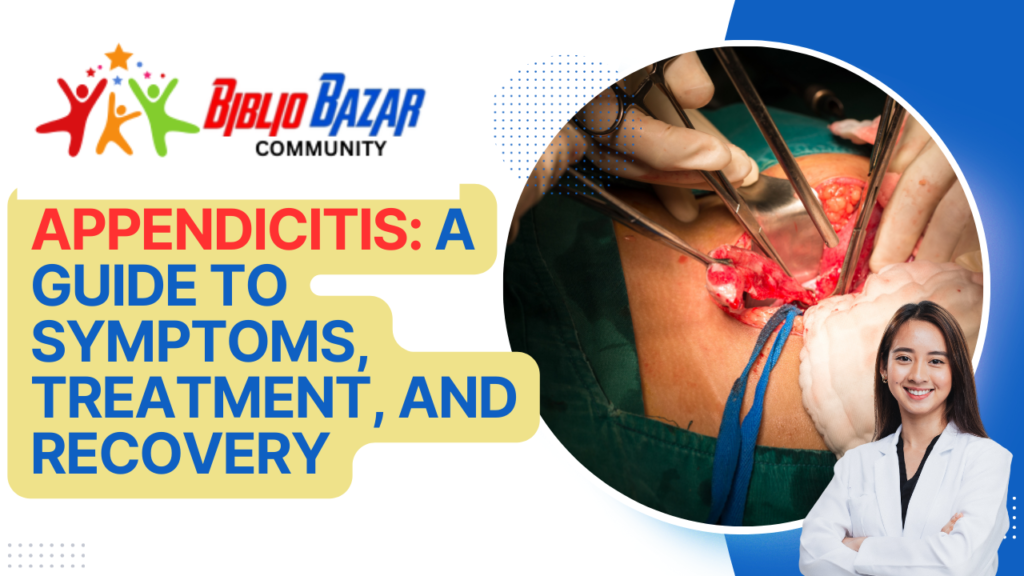
Abdominal trauma is a serious medical condition that involves injury to the abdomen, which can affect various organs, blood vessels, and the abdominal wall. This condition is typically classified into two main types: blunt abdominal trauma and penetrating abdominal trauma. Blunt abdominal trauma occurs when there is a non-penetrating injury, often caused by impacts such as motor vehicle accidents, falls, or sports injuries. Penetrating abdominal trauma, on the other hand, involves an object piercing the abdominal wall, such as from stab wounds or gunshot wounds. Both types of trauma can lead to significant internal damage and require prompt medical attention.
The causes of abdominal trauma are varied and often depend on the type of trauma sustained. Blunt abdominal trauma is commonly caused by high-impact events like car accidents, falls from significant heights, physical assaults, or sports injuries. Penetrating abdominal trauma is typically caused by violence-related incidents, including stabbings and gunshot wounds. These injuries can result in damage to vital organs such as the liver, spleen, kidneys, intestines, and major blood vessels, leading to life-threatening complications.

Risk factors for abdominal trauma include participation in high-risk activities such as contact sports, driving under the influence of alcohol or drugs, and living in areas with high rates of violence. Additionally, occupations that involve high-risk environments, such as construction or law enforcement, can increase the likelihood of experiencing abdominal trauma. Certain medical conditions, such as osteoporosis or other conditions that weaken bones and tissues, may also elevate the risk of severe injury in the event of trauma.
Symptoms of abdominal trauma can vary widely depending on the severity and type of injury. Common signs include abdominal pain and tenderness, which may be localized or diffuse. Bruising, swelling, and signs of internal bleeding, such as pallor, hypotension, and tachycardia, may be present. In severe cases, there may be signs of peritonitis, such as abdominal rigidity and guarding. Additional symptoms can include nausea, vomiting, and signs of shock, such as confusion, dizziness, and fainting. Penetrating injuries may have visible wounds, while blunt injuries might not show external signs but still cause significant internal damage.

Treatment options for abdominal trauma depend on the type and severity of the injury. Initial management focuses on stabilizing the patient, addressing life-threatening conditions, and preventing further complications. This typically involves securing the airway, breathing, and circulation, often referred to as the ABCs of trauma care. Intravenous fluids and blood transfusions may be administered to manage shock and maintain hemodynamic stability. Diagnostic tools such as ultrasound (FAST exam), CT scans, and diagnostic peritoneal lavage are used to assess internal injuries and guide treatment decisions.
Surgical management is often required for severe cases of abdominal trauma, particularly when there is significant internal bleeding, organ damage, or perforation of the gastrointestinal tract. Emergency laparotomy is a common surgical procedure performed to explore the abdomen, control bleeding, repair damaged organs, and address any other life-threatening injuries. The type of surgery will depend on the specific injuries sustained and may involve procedures such as splenectomy, bowel resection, or liver repair. Postoperative care is crucial and involves monitoring for complications such as infection, hemorrhage, and organ dysfunction.

A comprehensive nursing care plan for patients with abdominal trauma focuses on preoperative and postoperative care, patient education, and ongoing management. Preoperative care includes stabilizing the patient, monitoring vital signs, and preparing the patient for potential surgery. Nurses play a critical role in pain management, administering medications, and providing emotional support to the patient and their family. Postoperative care involves close monitoring for signs of complications, managing pain, ensuring proper wound care, and supporting the patient through the recovery process. Nurses also provide education on lifestyle modifications, wound care, and the importance of follow-up appointments to ensure optimal recovery and prevent future injuries.
In conclusion, abdominal trauma is a serious condition that requires prompt and effective medical intervention. Understanding the types, causes, risk factors, symptoms, treatment options, surgical management, and comprehensive nursing care is essential for improving patient outcomes and ensuring a successful recovery. Early diagnosis, appropriate treatment, and dedicated care are crucial components in managing abdominal trauma and minimizing its impact on patients’ health and well-being.
Frequently Asked Questions (FAQs):
- What are the main types of abdominal trauma?
The main types are blunt abdominal trauma and penetrating abdominal trauma. - What causes blunt abdominal trauma?
Blunt abdominal trauma is often caused by car accidents, falls, physical assaults, or sports injuries. - What are the symptoms of penetrating abdominal trauma?
Symptoms may include visible wounds, abdominal pain, tenderness, swelling, and signs of internal bleeding or shock. - How is abdominal trauma diagnosed?
Diagnosis typically involves physical examination, ultrasound (FAST exam), CT scans, and sometimes diagnostic peritoneal lavage. - What are the treatment options for abdominal trauma?
Treatment focuses on stabilizing the patient, managing shock, and may include surgery to repair internal damage. - When is surgery necessary for abdominal trauma?
Surgery is often required for severe internal bleeding, organ damage, or gastrointestinal perforation. - What role do nurses play in the care of abdominal trauma patients?
Nurses provide preoperative and postoperative care, pain management, patient education, and monitor for complications. - Can abdominal trauma be prevented?
Prevention involves safety measures such as wearing seat belts, avoiding high-risk activities, and adhering to safety protocols in hazardous occupations. - What are the risk factors for abdominal trauma?
Risk factors include high-risk activities, substance abuse, high-violence areas, hazardous occupations, and certain medical conditions. - What should I do if I suspect someone has sustained abdominal trauma?
Seek immediate medical attention by calling emergency services and try to keep the person calm and still until help arrives.
You might be interested in learning more about abdominal trauma by checking out the Wikipedia article on Abdominal trauma, which provides detailed information on the various causes, symptoms, and treatment options available for this serious medical condition. Speaking of blunt abdominal trauma, you might want to explore the Wikipedia page on Blunt trauma, which delves into the different types of non-penetrating injuries that can occur, such as those from motor vehicle accidents or falls. And for more information on penetrating abdominal trauma, you can refer to the Wikipedia article on Penetrating trauma, which covers the various objects that can pierce the abdominal wall, like stab wounds or gunshot wounds.
Discover more from Bibliobazar Digi Books
Subscribe to get the latest posts sent to your email.


